China reports first human case of H10N3 bird flu: how dangerous is it?
Last significant outbreak of bird flu was in 2016 when 300 people died
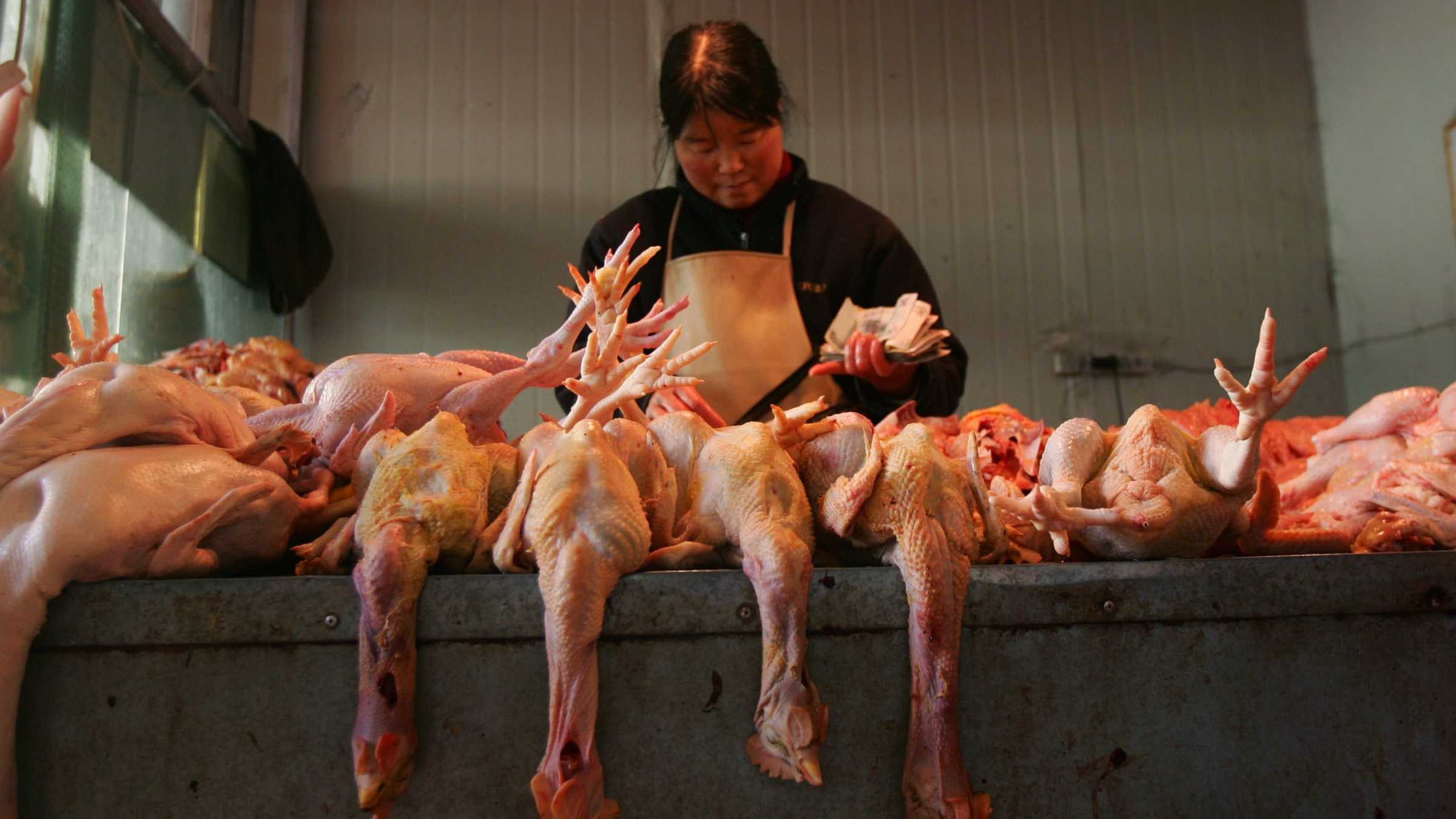
A 41-year-old Chinese man has been confirmed as the first human to be infected with a rare strain of bird flu, in the eastern province of Jiangsu.
Officials said the risk of a “large-scale spread” remained low and the infected man, who was diagnosed last week, has already recovered and is ready to be discharged from hospital.
While it’s unknown how the man was infected with the rare H10N3 strain, the BBC reports that it is “not unheard of that people working with poultry occasionally get infected”, with several strains of the virus in circulation in China.
The Week
Escape your echo chamber. Get the facts behind the news, plus analysis from multiple perspectives.

Sign up for The Week's Free Newsletters
From our morning news briefing to a weekly Good News Newsletter, get the best of The Week delivered directly to your inbox.
From our morning news briefing to a weekly Good News Newsletter, get the best of The Week delivered directly to your inbox.
There has been no significant outbreak of bird flu since 2016 when the H7N9 strain killed around 300 people in China, reports The Guardian. The new H103N strain is thought to be far less severe, with no other cases of human infection reported globally.
What is bird flu?
Avian flu is a highly infectious type of influenza virus that infects birds, but certain strains have mutated and now have the ability to cause severe respiratory disease in humans. These include the H5N1 and H7N9 viruses, which both originated in China and have killed hundreds of people and millions of birds since the late 1990s.
Like any other type of flu, early symptoms include a cough, runny nose, high temperature and aching muscles. “Within days of symptoms appearing, it’s possible to develop more severe complications such as pneumonia and acute respiratory distress syndrome,” says the NHS.
A free daily email with the biggest news stories of the day – and the best features from TheWeek.com
What happened in Jiangsu?
The Jiangsu resident was hospitalised on 28 April after developing a fever and other symptoms, eventually being diagnosed with H10N3 one month later, according to Beijing's National Health Commission (NHC).
His close contacts have been traced and observed and officials found no other cases of the strain.
“No human cases of H10N3 have been reported in the world. This case is an occasional poultry-to-human cross-species transmission, and the risk of a large-scale spread is extremely low,” said the NHC.
How dangerous is H10N3?
H10N3 is a “low pathogenic” strain of the virus found in poultry, according to China’s health commission.
The World Health Organization (WHO) echoed the words of the commission, stating: “At this time, there is no indication of human-to-human transmission.” However, it added that the incident served as “a vivid reminder that the threat of an influenza pandemic is persistent”.
Filip Claes, regional laboratory coordinator of the UN’s Food and Agriculture Organization’s Emergency Centre for Transboundary Animal Diseases, told The Guardian the strain is “not very common”, with only 160 isolates of the virus reported in the 40 years to 2018, mostly in wild birds or waterfowl in Asia and in some parts of North America, and none had been detected in chickens so far.
What other common strains are there?
Last November, an outbreak of the H5N8 variant among birds led to hundreds of thousands of poultry culled in the Netherlands and Germany, reports the BBC.
Like H10N3, the strain isn’t much danger to humans, but the economic costs of culls on this scale can be devastating to poultry farmers.
Other strains of the virus, however, can be much more concerning. The H5N1 strain of the virus has killed 60% of those infected - between 2003 and July 2014 there were 667 confirmed human cases of H5N1 infection in 15 countries, leading to 393 deaths.
The NHS currently lists four strains that have “caused concern” on its website, including H5N1, as well as the strains H7N9, H5N6 or H5N8. It says “no humans” have been infected with any of the strains in the UK, although H5N8 has been found in “some wild birds and poultry” in the country.
How does it spread?
Bird flu is typically spread through direct contact with infected birds, their droppings or secretions from their eyes or mouth, but there is no evidence that disease can be spread by properly cooked meat. Human-to-human contact is possible but extremely rare, according to the WHO.
How is it treated?
Treatment includes medication such as aspirin and paracetamol to help alleviate pain and fever. Evidence also suggests that some antiviral drugs can help reduce the severity of the disease and improve prospects of survival by stopping the virus from multiplying. Vaccines against the disease are currently in development, but are not yet ready for widespread use.
-
 5 fairly vain cartoons about Vanity Fair’s interviews with Susie Wiles
5 fairly vain cartoons about Vanity Fair’s interviews with Susie WilesCartoon Artists take on demolition derby, alcoholic personality, and more
-
 Joanna Trollope: novelist who had a No. 1 bestseller with The Rector’s Wife
Joanna Trollope: novelist who had a No. 1 bestseller with The Rector’s WifeIn the Spotlight Trollope found fame with intelligent novels about the dramas and dilemmas of modern women
-
 Codeword: December 20, 2025
Codeword: December 20, 2025The daily codeword puzzle from The Week
-
 Bird flu: The viral threat pushing up egg prices
Bird flu: The viral threat pushing up egg pricesFeature
-
 New form of H5N1 bird flu found in US dairy cows
New form of H5N1 bird flu found in US dairy cowsSpeed Read This new form of bird flu is different from the version that spread through herds in the last year
-
 California declares bird flu emergency
California declares bird flu emergencySpeed Read The emergency came hours after the nation's first person with severe bird flu infection was hospitalized
-
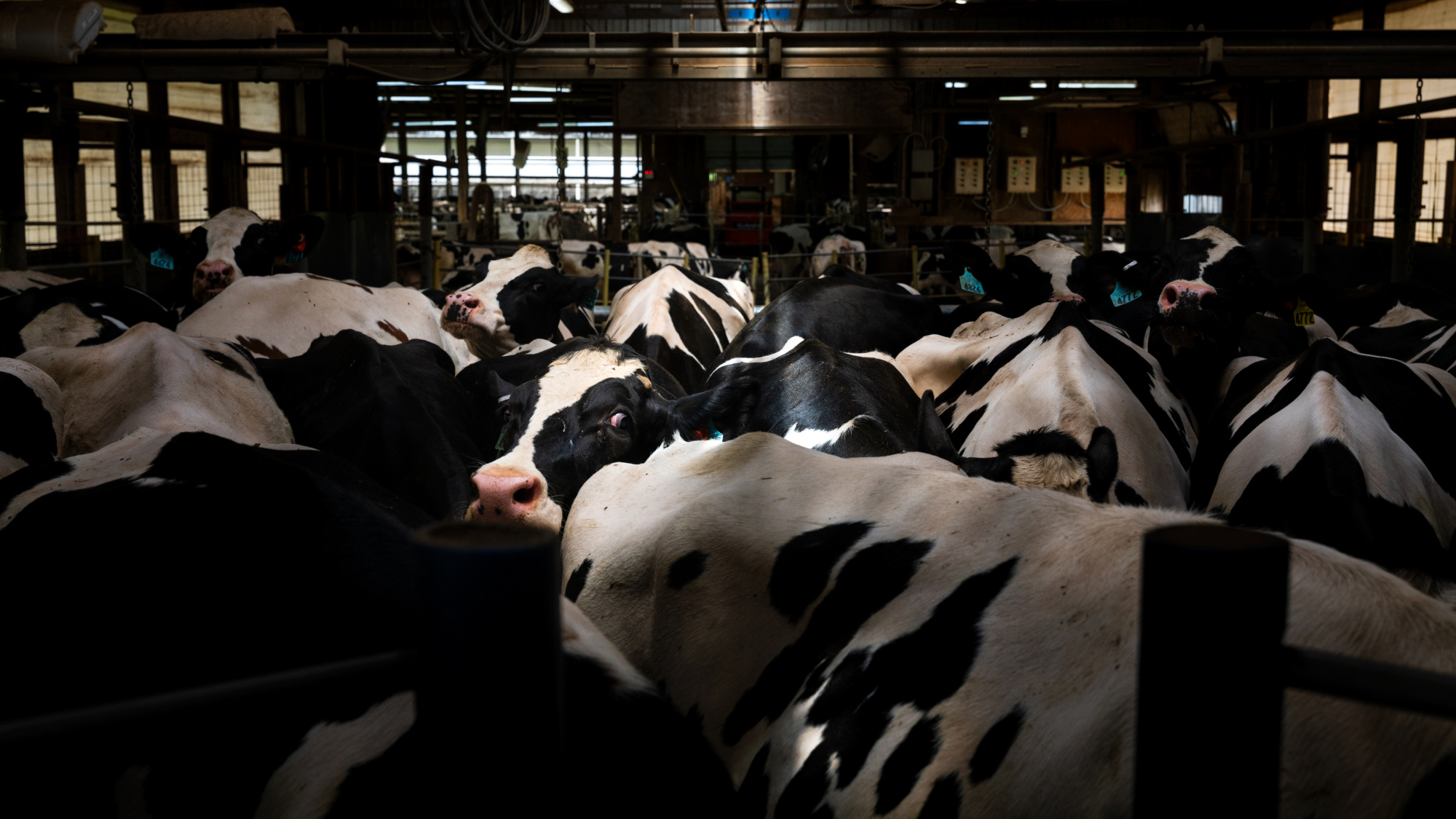 Bird flu one mutuation from human threat, study finds
Bird flu one mutuation from human threat, study findsSpeed Read A Scripps Research Institute study found one genetic tweak of the virus could enable its spread among people
-
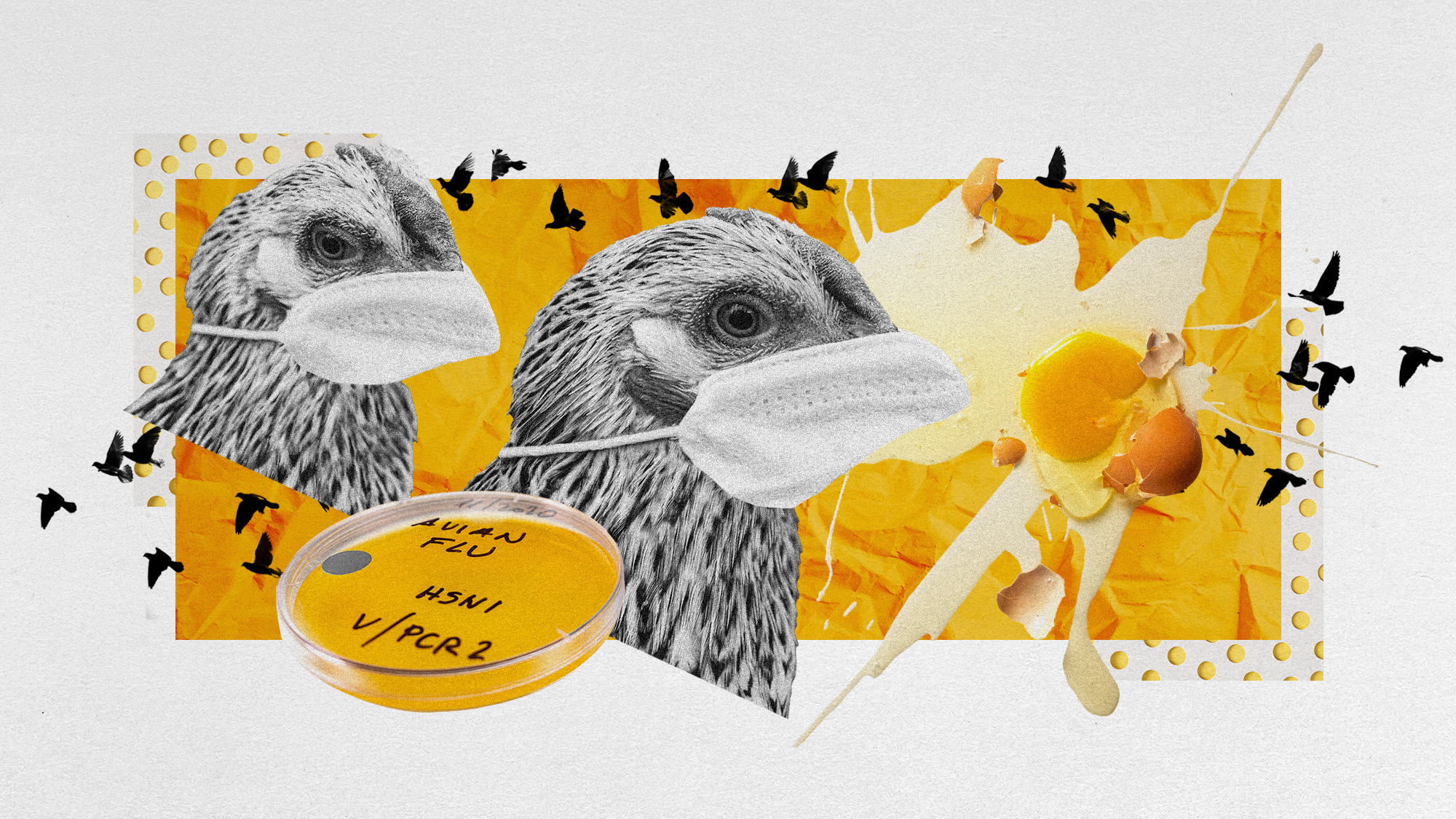 The bird flu fight is faltering
The bird flu fight is falteringTalking Points Are pandemic lessons going unheeded?
-
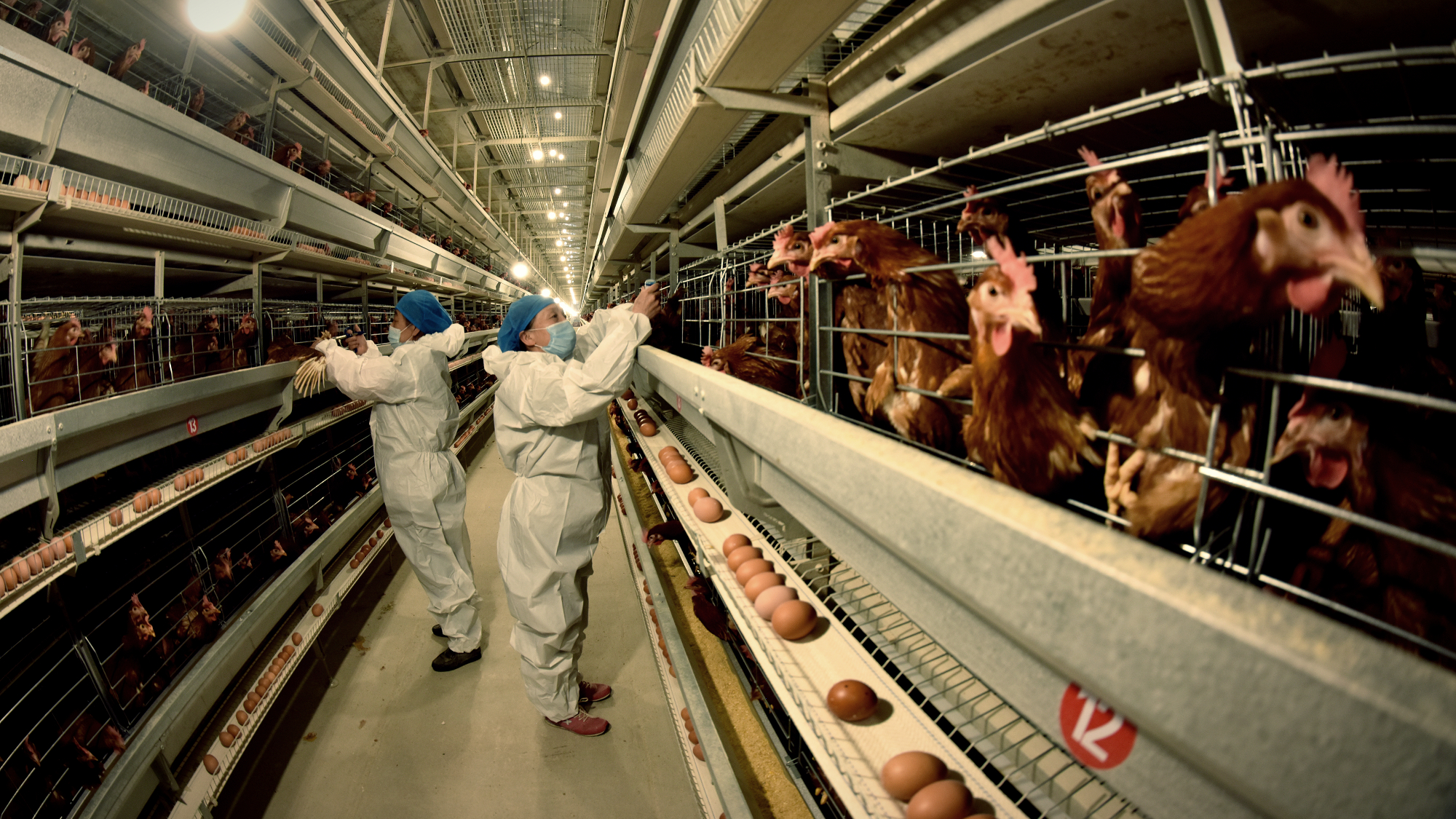 Bird flu worries mount as virus found in milk, cows
Bird flu worries mount as virus found in milk, cowsSpeed Read The FDA found traces of the virus in pasteurized grocery store milk
-
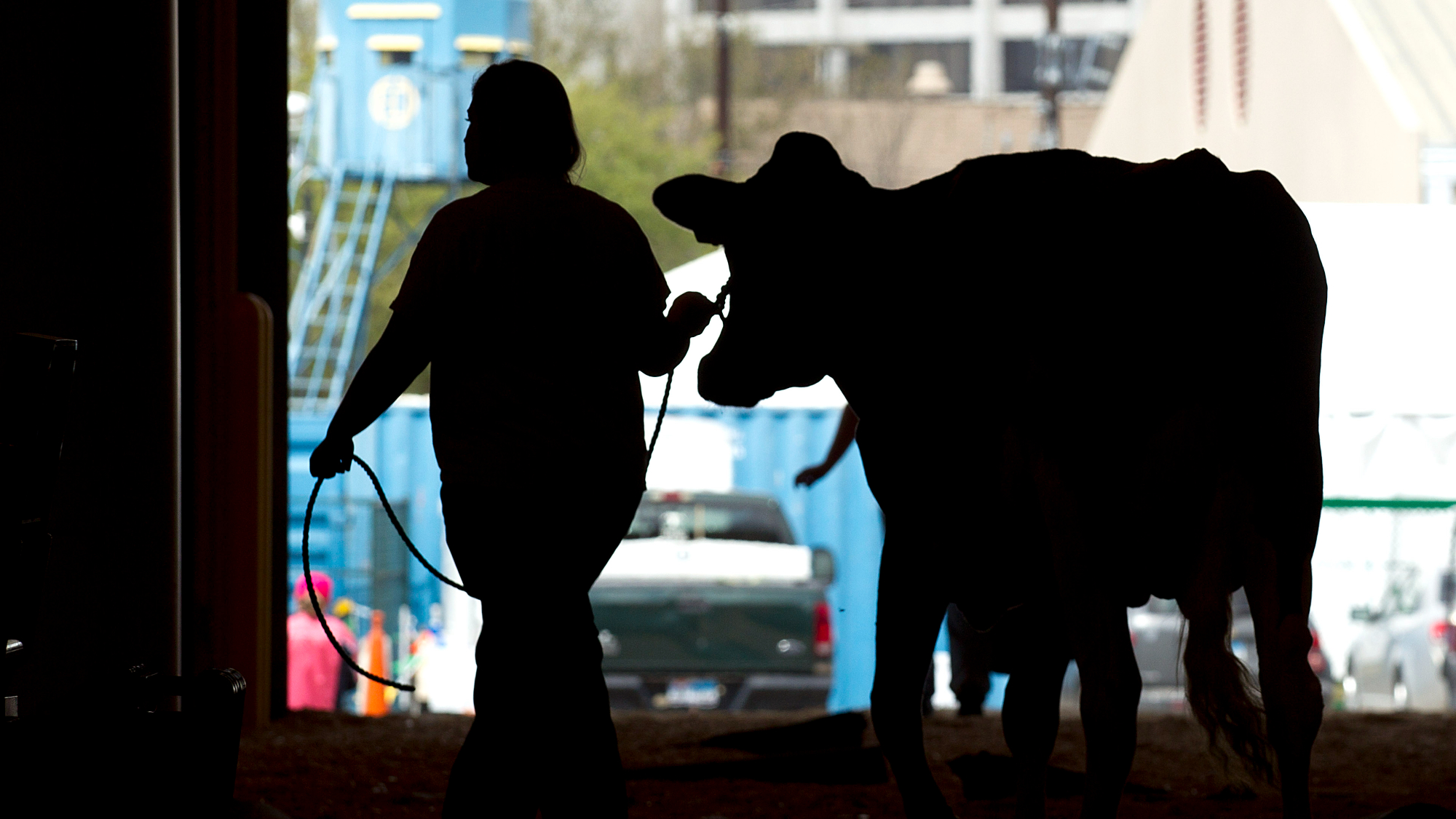 Texas dairy worker gets bird flu from infected cow
Texas dairy worker gets bird flu from infected cowSpeed Read The virus has been spreading among cattle in Texas, Kansas, Michigan and New Mexico
-
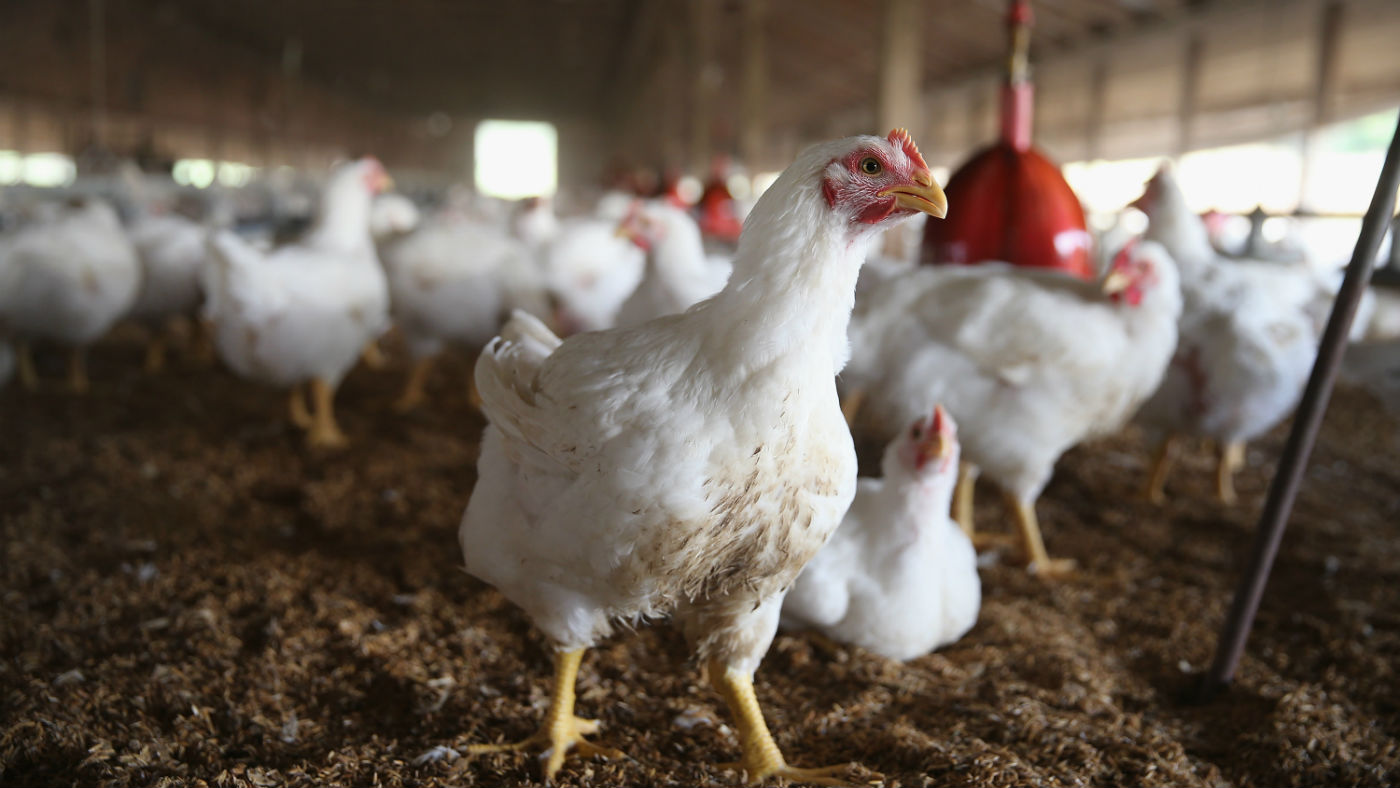 Two people test positive for bird flu on farm in England
Two people test positive for bird flu on farm in EnglandSpeed Read There is currently no evidence of the virus being transmitted between humans